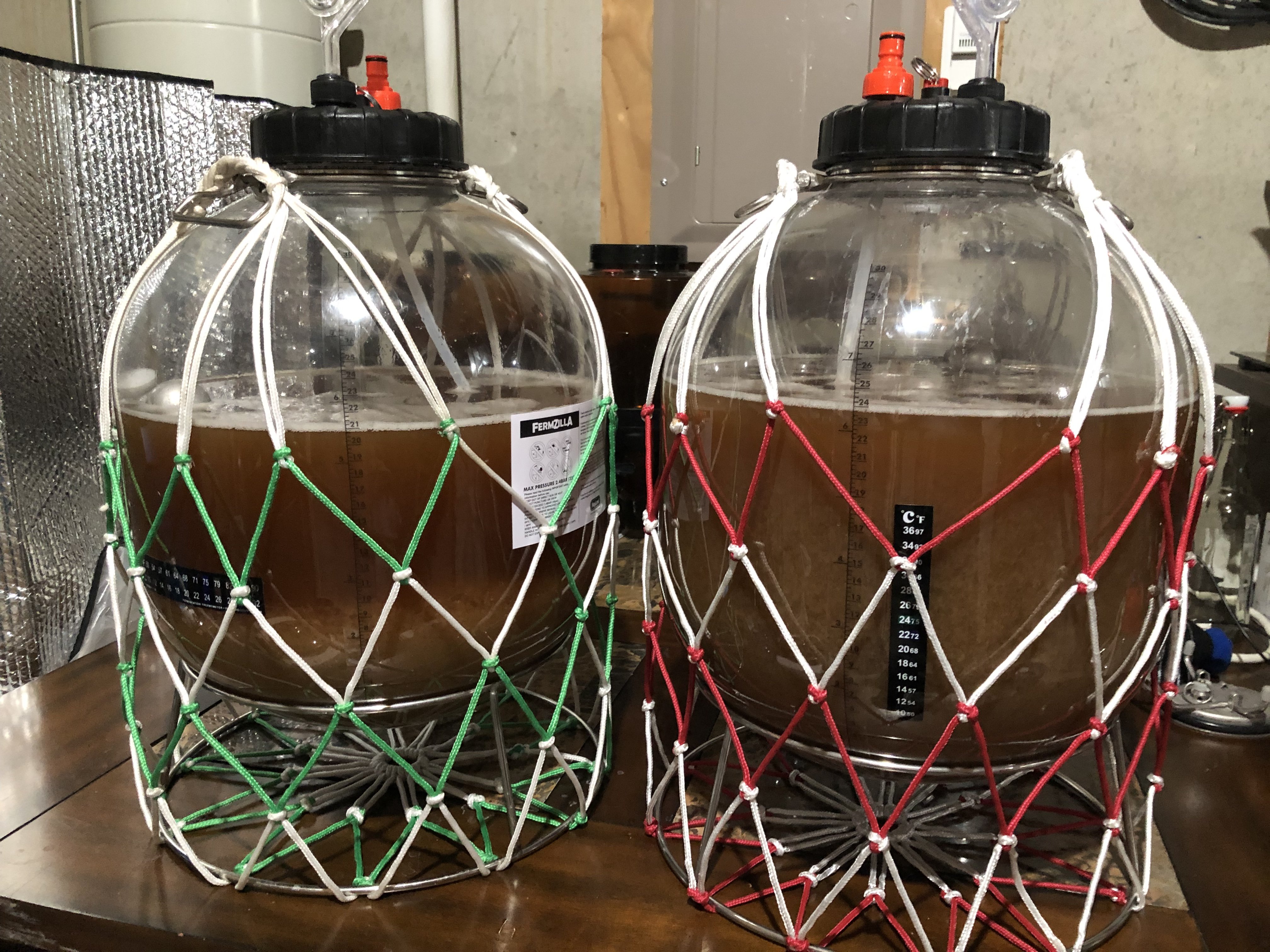I meant actually using a nylon bag inside the malt pipe. That makes it easy to pull the first set of grains if you are doing a reiterated mash.
And yeah, I would just worry the grains and bag would get sucked through the hole a bit without the bolt, and if the bag tore, you would then lose containment within the malt pipe.
And yeah, I would just worry the grains and bag would get sucked through the hole a bit without the bolt, and if the bag tore, you would then lose containment within the malt pipe.






















































![Craft A Brew - Safale S-04 Dry Yeast - Fermentis - English Ale Dry Yeast - For English and American Ales and Hard Apple Ciders - Ingredients for Home Brewing - Beer Making Supplies - [1 Pack]](https://m.media-amazon.com/images/I/41fVGNh6JfL._SL500_.jpg)




